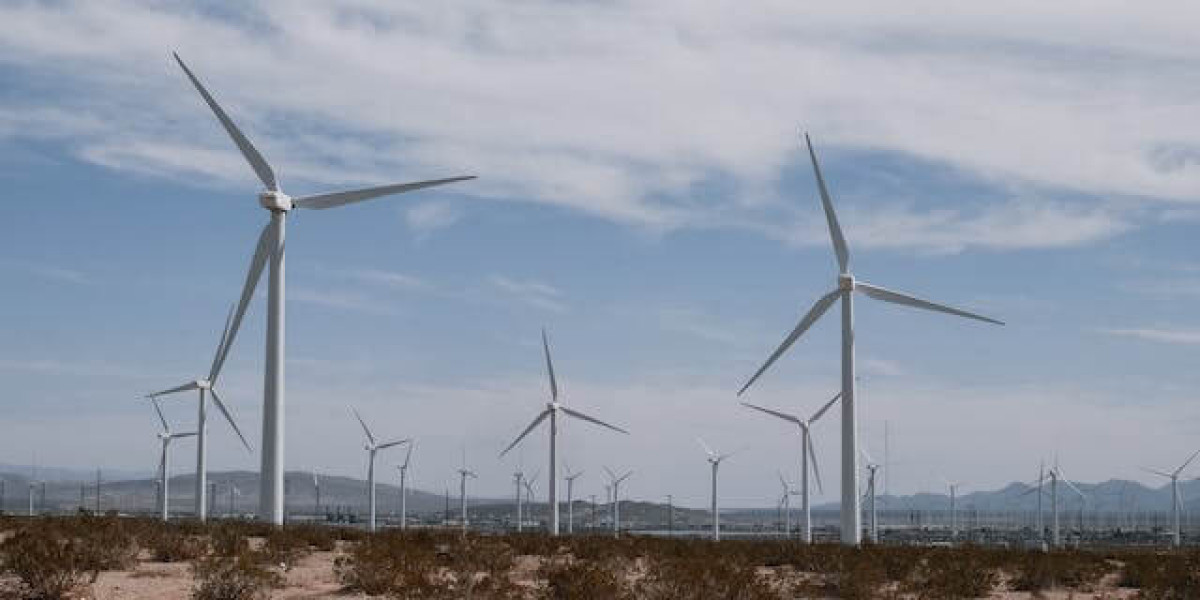1. Introduction
Australia's renewable energy and energy storage sectors are represented by the non-profit Clean Energy Council (CEC). It is dedicated to hastening Australia's energy system's transition to a more intelligent, sustainable, and clean one.
The CEC has recently demanded that Western Australia implement microgrids across the whole state. A microgrid is a small collection of electrical sources and loads that can run independently of the larger, traditional grid when necessary due to environmental or financial circumstances. Microgrids are typically connected to and synchronized with the regular grid. By adding more renewable energy sources to the current grid infrastructure, this program seeks to improve the region's energy security, dependability, and resilience.
2. Current Energy Landscape in Western Australia
Traditional centralized power generation facilities, such as coal-fired and gas-fired power stations, dominate Western Australia's energy environment today. In order to supply electricity to its widely scattered population centers over great distances, the state mostly depends on linked grids. However, there are issues with energy security and resilience arising from this reliance on centralized power sources, especially in the event of extreme weather or infrastructure failures.
The vulnerability of Western Australia's current energy system to interruptions stems from its extensive transmission lengths and limited linkages with nearby regions, which pose significant issues. This configuration makes power outages and unstable grids more likely, particularly in isolated places. The need for a more resilient and sustainable energy infrastructure is highlighted by the dependence on fossil fuel-based generation, which raises greenhouse gas emissions and other environmental issues.
In Western Australia, there is a growing push for decentralization and diversification of the energy mix due to the growing demand for cleaner and more dependable energy sources. A potential way to address these issues while boosting energy security, encouraging the integration of renewable energy sources, and enabling local communities to take part in the shift towards a more sustainable future is to install microgrids around the state.
3. Benefits of Microgrids
Localized energy systems known as microgrids can function both separately and in tandem with the larger power grid. Microgrids integrate a range of dispersed energy resources, including solar panels, wind turbines, and battery storage, in contrast to conventional centralized power systems, which depend on a single source of power supply. The management of energy supply and demand is made more flexible and efficient by this decentralized strategy.
Microgrids have several benefits, one of which is their greater resistance to disturbances. Microgrids can continue to provide electricity even in the event of a main grid loss because they generate power locally. This increases dependability and lessens the effects of blackouts, which makes them especially useful in isolated or disaster-prone locations.
By maximizing the smaller-scale utilization of renewable energy sources, microgrids advance energy efficiency. They make it possible to integrate solar and wind power more effectively by storing extra energy when output exceeds consumption and releasing it when required. This contributes to a more stable and sustainable energy system overall by lowering dependency on fossil fuels and balancing the unpredictability of renewable energy sources.
4. CEC's Proposal for Statewide Microgrid Rollout
A strong case has been made by the Clean Energy Council (CEC) to install microgrids throughout Western Australia. To improve the region's resilience, sustainability, and energy reliability, they advise implementing microgrids throughout the entire state. Through pushing for widespread implementation of this technology, CEC hopes to completely transform the energy sector in Western Australia.
The integration of cutting-edge technology into the microgrid architecture is something that CEC suggests doing. These technologies include advanced energy storage systems, smart grid solutions, and renewable energy sources like solar and wind power. A stable, environmentally responsible energy network that is flexible enough to adjust to shifting supply and demand conditions requires these elements. The CEC stresses that in order to effectively maximize microgrid performance, digital monitoring and control technologies must be integrated.
CEC proposes that, in keeping with their vision of a sustainable future, the broad deployment of microgrids throughout Western Australia might be facilitated by utilizing creative funding structures and regulatory frameworks. Through promoting cooperation among utilities, governmental bodies, and local communities, CEC hopes to establish an atmosphere that will facilitate the quick adoption of these cutting-edge technologies. CEC hopes that these coordinated efforts will result in a more decentralized and resilient energy system that can adapt to the changing requirements of the people of Western Australia.
5. Challenges and Considerations
For the deployment of a statewide microgrid network in Western Australia to be effective, a number of issues and concerns need to be taken into account. Getting enough money for these microgrids' creation and upkeep is one of the main challenges. Infrastructure development, the integration of renewable energy sources, and grid stability can be expensive projects that need for cooperation across public, commercial, and community sectors in order to distribute funds wisely.
Another major obstacle to the deployment of a statewide microgrid network is regulatory obstacles. It might be necessary to modify current regulations or create new ones in order to take into account the decentralized structure of microgrids, deal with problems pertaining to energy trading between members, and guarantee equitable payment for electricity produced inside the network. It will take careful collaboration between legislators, energy suppliers, and other stakeholders to remove these regulatory obstacles.
Another important component that must be taken into account while implementing a statewide microgrid network is community acceptance. Building trust and obtaining support for these initiatives requires educating local populations about the resilience, dependability, and sustainability benefits of microgrids. It will also be essential to address issues with land use, property prices, noise levels, and visual impact in order to build acceptance and encourage the broad usage of microgrid technology throughout Western Australia.
During the planning and implementation phases of a statewide microgrid rollout, in addition to these difficulties, elements like technical viability, scalability, compatibility with current grid infrastructure, cybersecurity threats, and environmental impact assessments should also be closely considered. Through the broad deployment of microgrid technology, Western Australia may pave the path for a more resilient and sustainable energy future by proactively addressing these issues and considerations with thorough strategy and stakeholder engagement activities.








